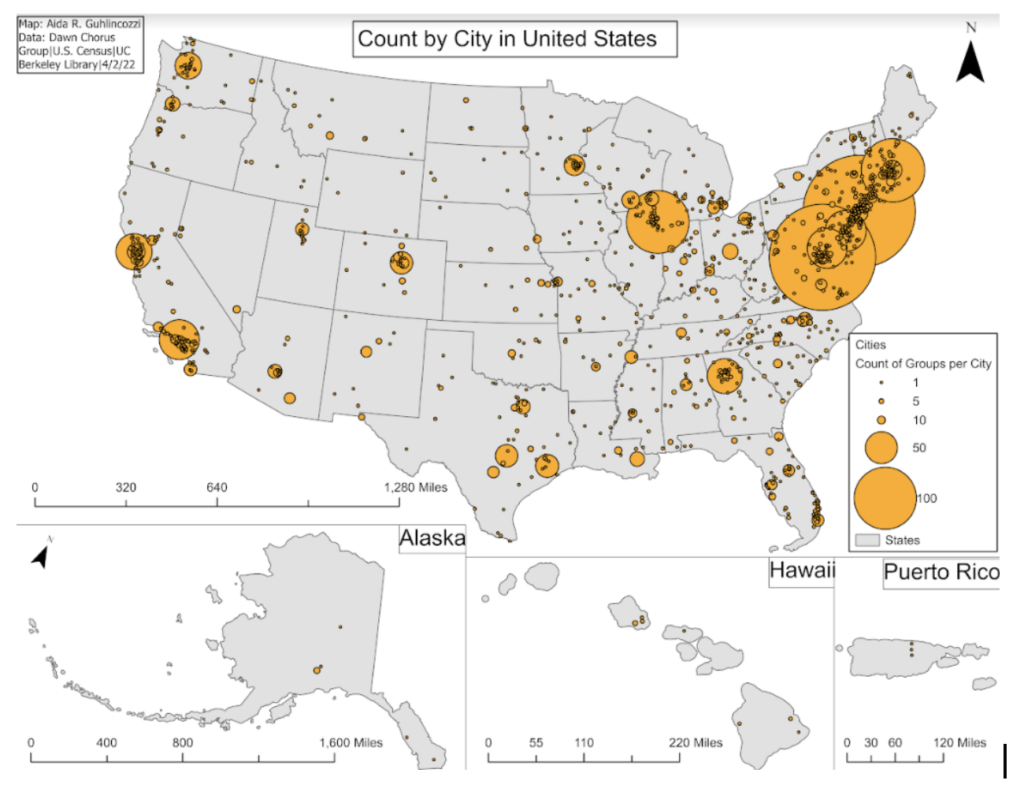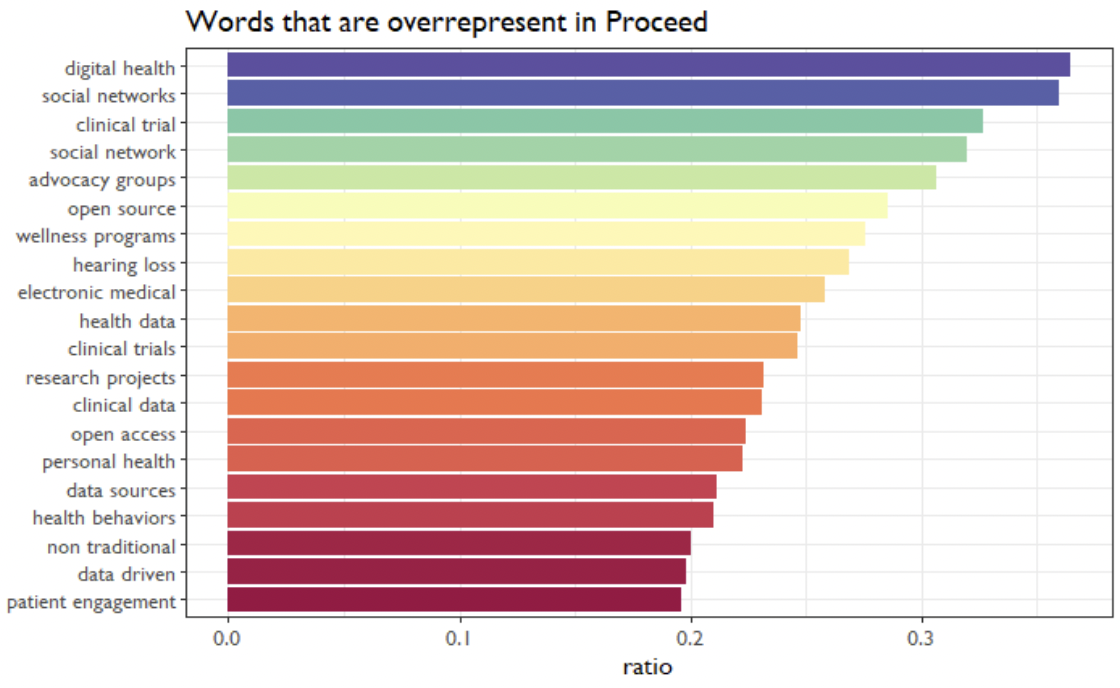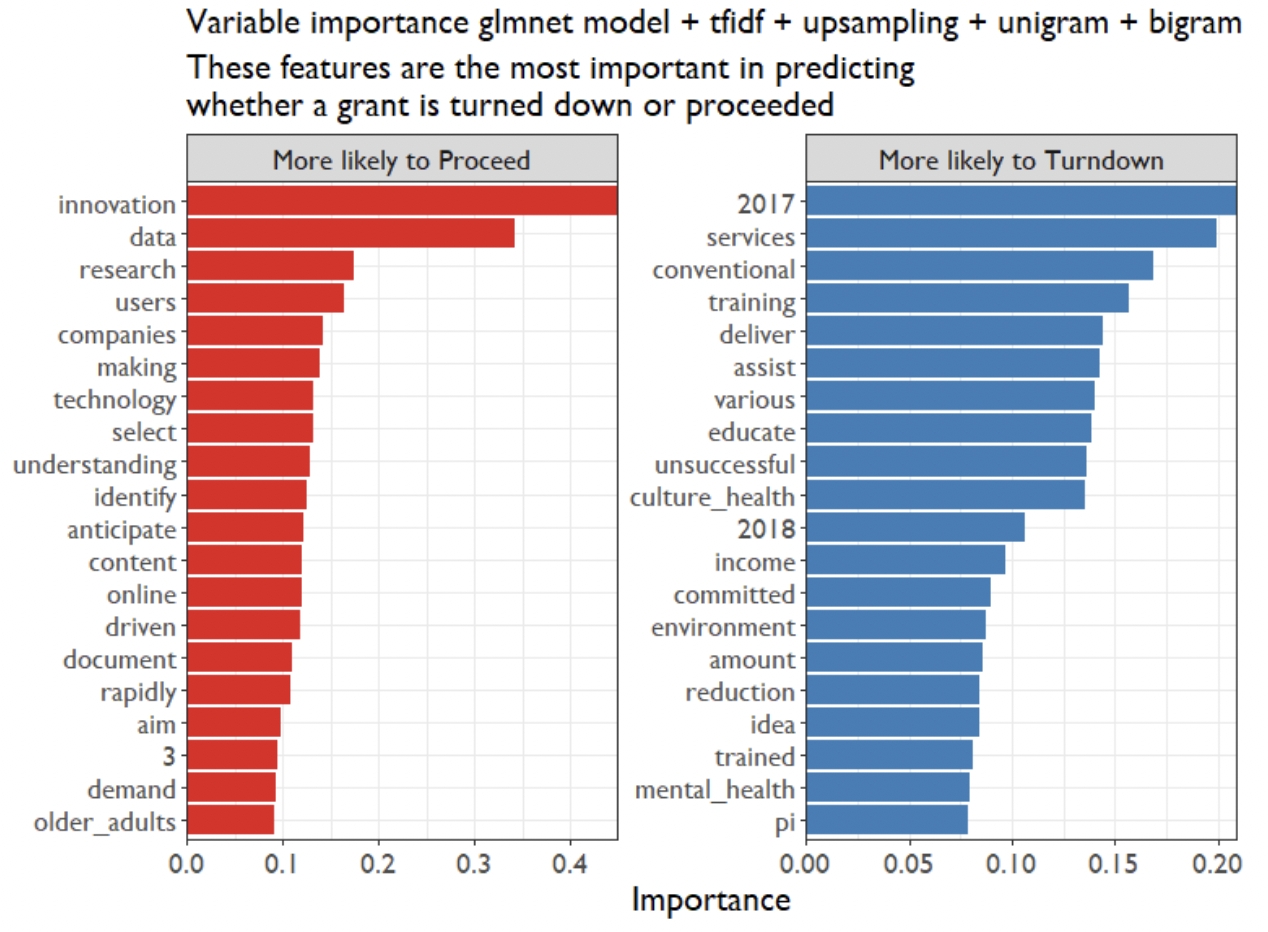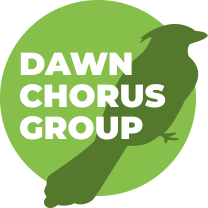Read the full redacted report here.
The need
Many community-based organizations seek governmental and extramural funding for innovative projects. Organizations receiving funding tend to be higher in capacities and often come from communities that are also moderately vibrant and resourced. Funders must also be judicious when preparing Request For Proposals (RFPs) because their resources are not unlimited. Over time, funding distribution can unintentionally become inequitable and lead to gaps in community health outcomes. Equitably distributing resources is critical to improving community health and wellbeing. Selecting organizations can be challenging when balancing a desire to support organizations with significant needs (e.g., training, staff) against a desire to see investments yield positive results.
We looked at asubset of proposals to see what trends in funding we could identify with just a minimal amount of metadata and the project narratives.



We are currently using the underlying models to develop the grants.computer interface to allow community-based stakeholders to structure their RFP responses, and to allow funders better to identify trends and gaps in their funding strategies.
